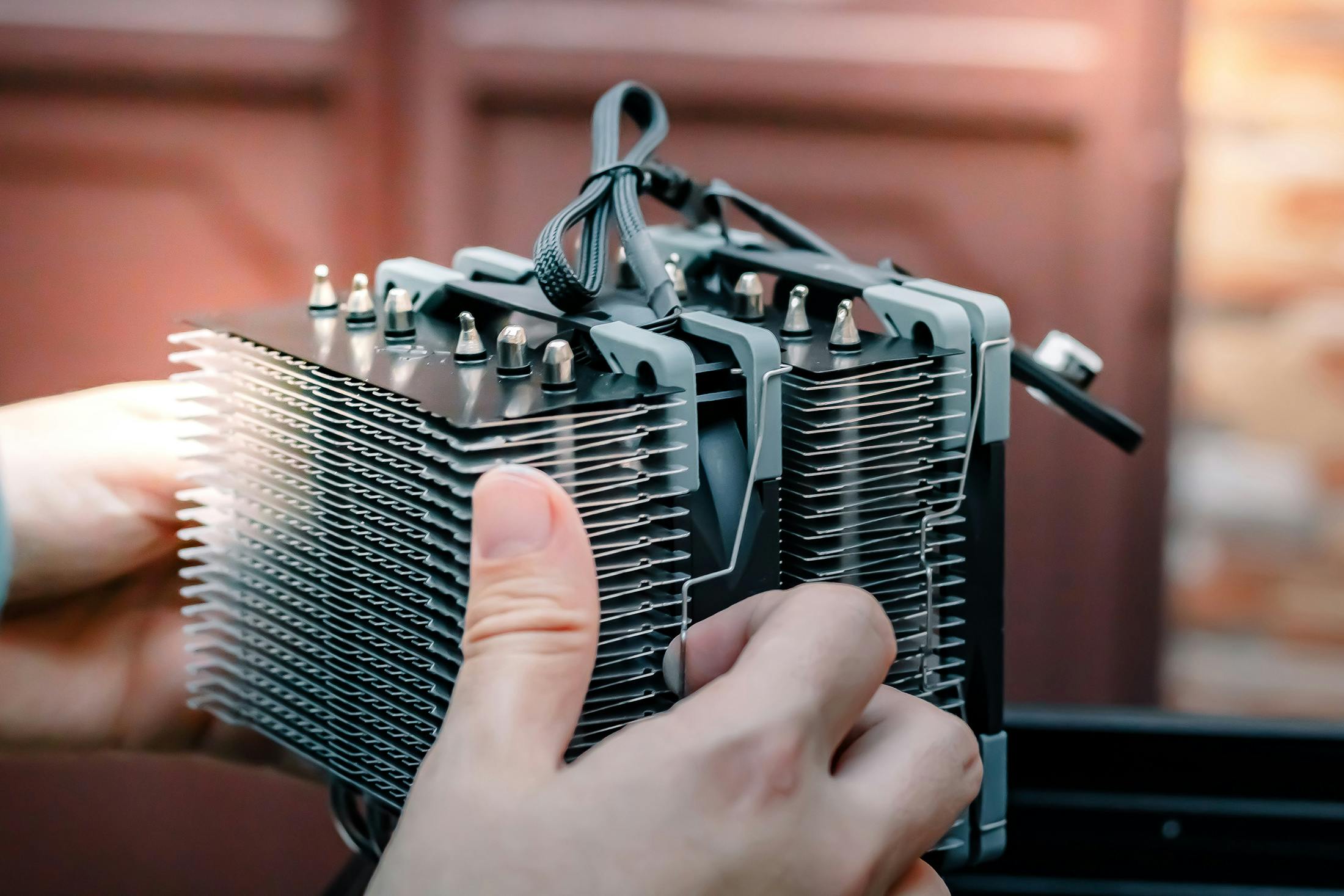As advanced technology continues to develop, manufacturers and engineers in the UK are looking for ways to reduce the risk of damage caused by overheating electronics. One solution which has gained considerable attention is the use of heatsinks, a device used to absorb and dissipate heat from an electronic component or system. By utilising the effects of conduction and convection, these ingenious devices can drastically reduce the risk of catastrophic damage inflicted upon delicate components within our electronics.
The biggest benefit associated with using heatsinks is that they provide a larger surface area for transferring heat away from a component or system, as well as protecting it from direct contact with any external sources of heat. This allows users to safely increase their power output while reducing the amount of energy required to keep their devices and electronics functioning properly. Furthermore, using heatsinks helps prevent instabilities within systems or components which may be caused by elevated temperatures, thus making them ideal for use in highly sensitive applications such as those found in military and aerospace work.
Because of their ability to reduce the risk of potential and catastrophic damage being inflicted upon overloaded electronic components or systems, heatsinks are also extremely cost-effective. By reducing the chance of expensive repairs being made on dismantled electronics, users can significantly reduce their operating costs over time. Furthermore, heatsinks tend to remain relatively cool even when handling large amounts of heat, something which the majority of other cooling technologies cannot achieve.
Another benefit associated with heat sink usage is that it can be beneficial for designs which require extremely low weight and power consumption levels. This is because these devices are incredibly lightweight and efficient compared to traditional cooling systems or fans, making them ideal for use in various applications. Because they require less space than other passive cooling solutions, builders and engineers can incorporate larger components into smaller designs without fear of complicated wiring or bulky assembly steps.
Finally, using a heatsink also helps increase overall performance levels in many devices, often quite drastically. By providing more surface area for air circulation between components and supports, devices equipped with them tend to yield quicker speeds when running complex programs at higher workloads. Coupled with their impressive weight-to-power ratios this makes them incredibly sought after for all sorts of portable computing applications such as laptops and tablets where fast performance is at a premium.
Heatsinks have revolutionized many aspects of UK advanced technology due to their ability to protect components while increasing overall performance levels.
For more information on our range of heatsinks...
Contact us +(0)44 121 789 8686
